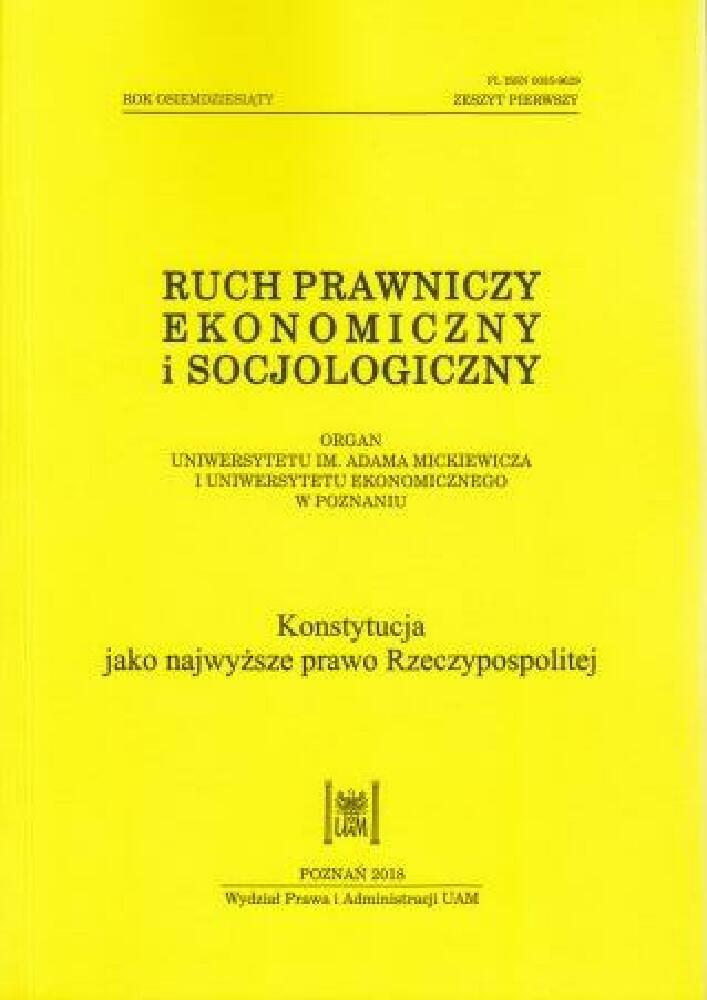Abstract
The article deals with the problem of the President’s power analysed in two dimensions. First traditional conceptions of the presidency in Polish democratic constitutions (the Constitution of 1921, the Constitution of 1992 termed ‘Small Constitution’, and the Constitution of 1997) were examined to determine how in the generally accepted parliamentary system of government the position of the head of state was shaped. This analysis took into account the decision of 1990 to hold direct universal presidential elections. Then, and this was the main focus of the analysis, all the constitutional channels through which the President can influence the legislative and executive decisions of the state were analysed. Contrary to the belief that the President’s power is limited, the findings of the study conducted do not lead to such a conclusion. On the contrary, the president’s activity may manifest itself in balancing power, arbitration, consultation, cooperation, compliance with the law (this is compulsory), initiative, etc. The Constitution does not contain any rigid provisions in this respect: the President may also accept a more passive attitude, one of a mere observant if he considers that his intervention is not necessary. Such an approach will also constitute a form of monitoring of the country’s affairs.License
Copyright (c) 2018 WPiA UAM

This work is licensed under a Creative Commons Attribution-NonCommercial-NoDerivatives 4.0 International License.




